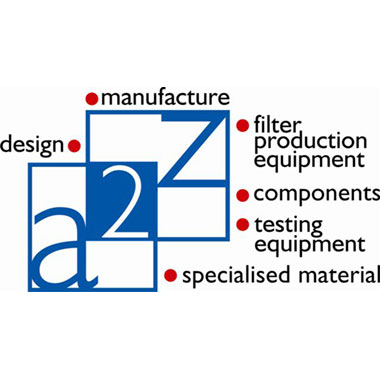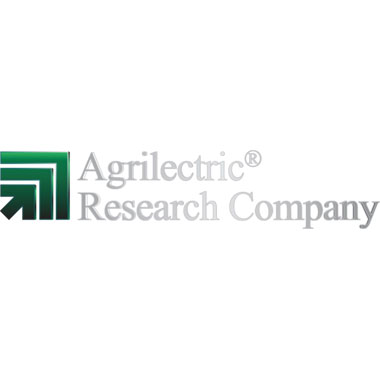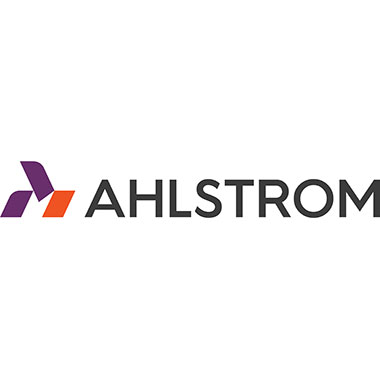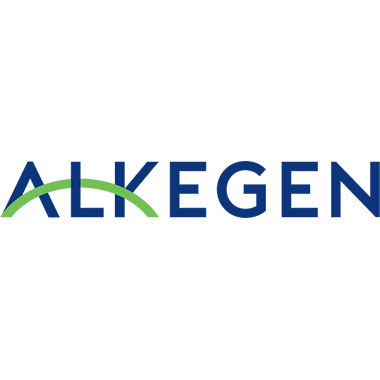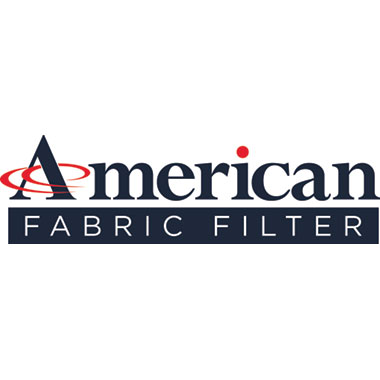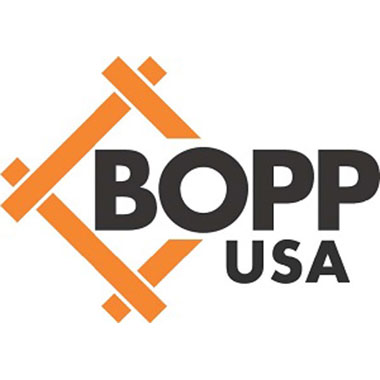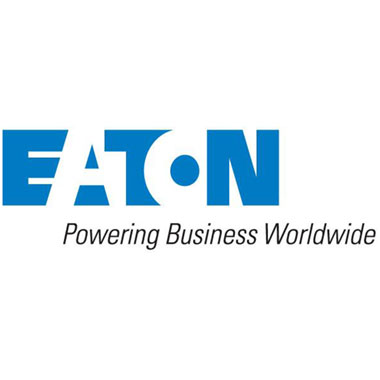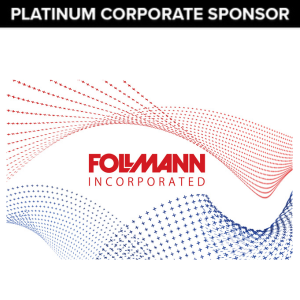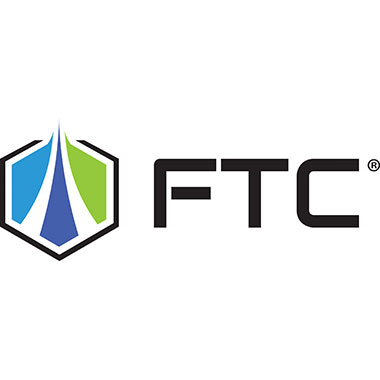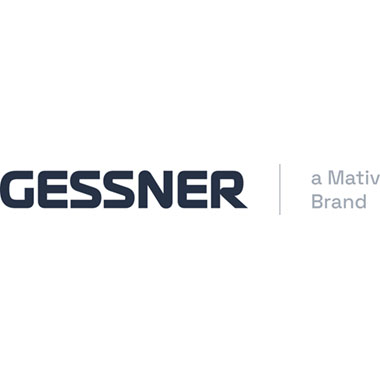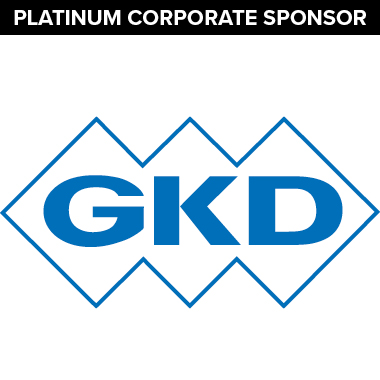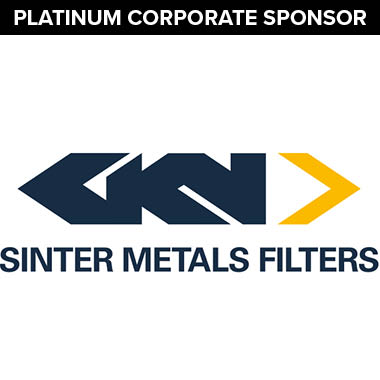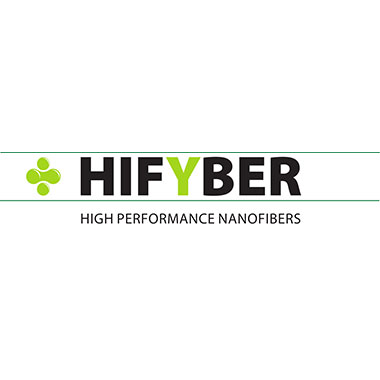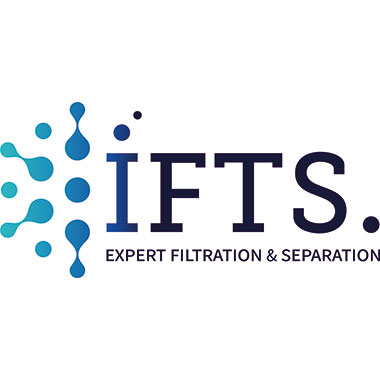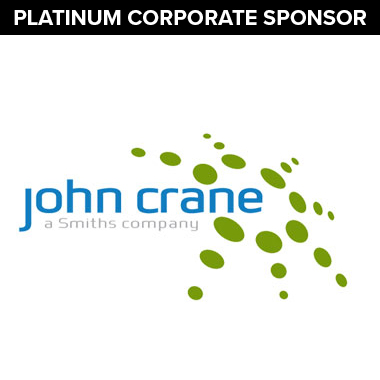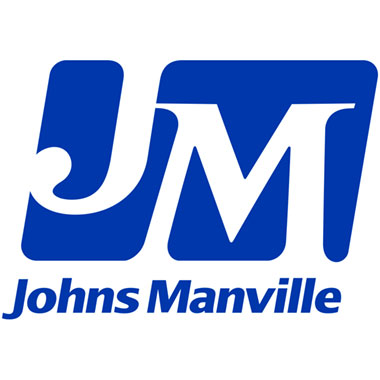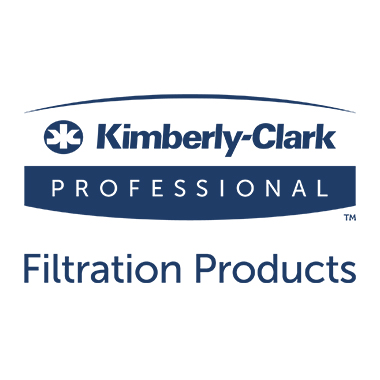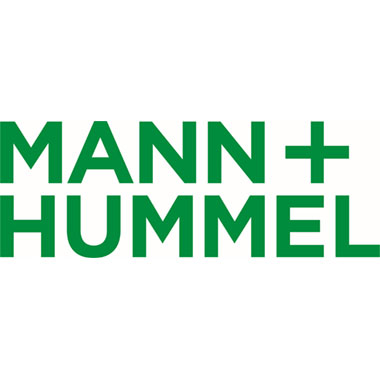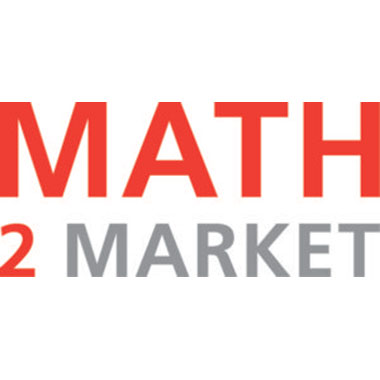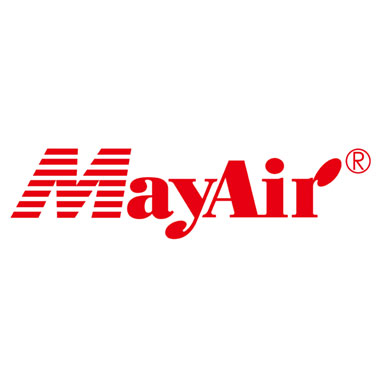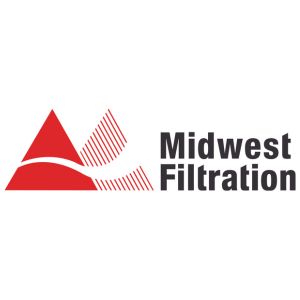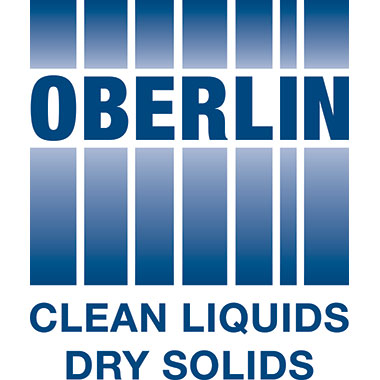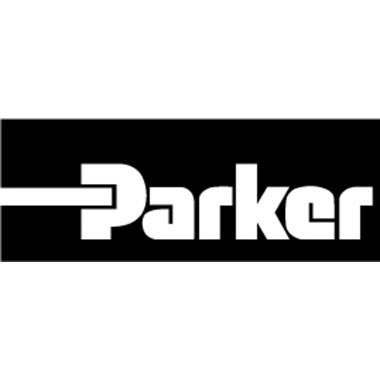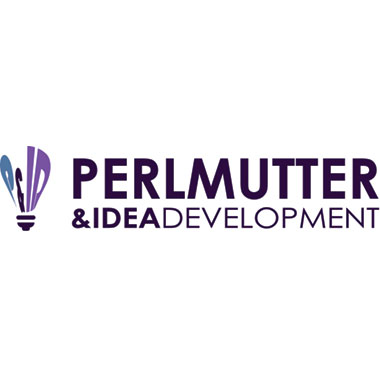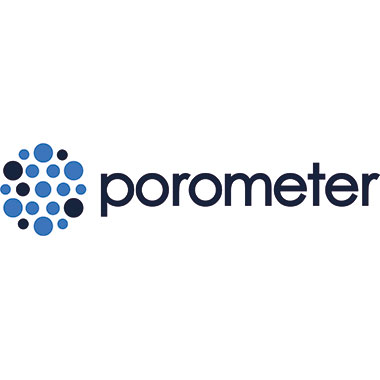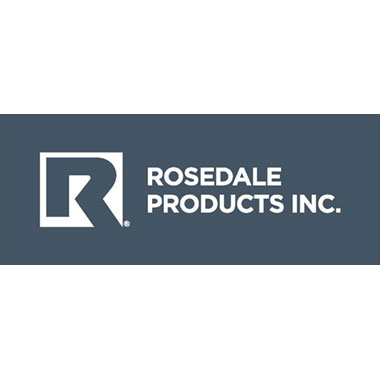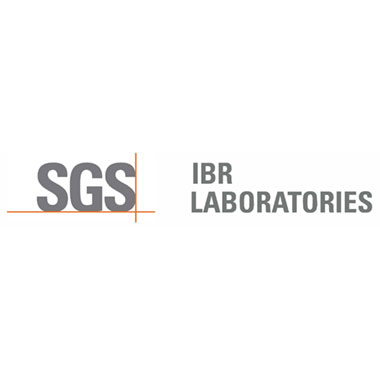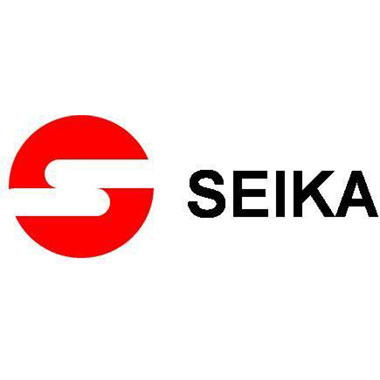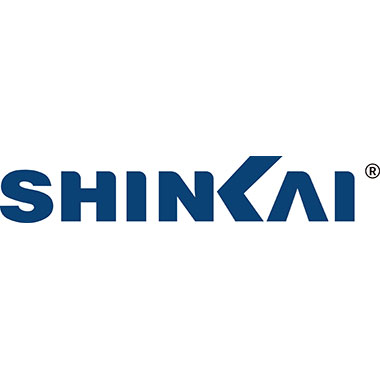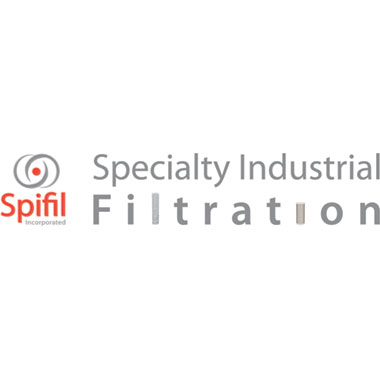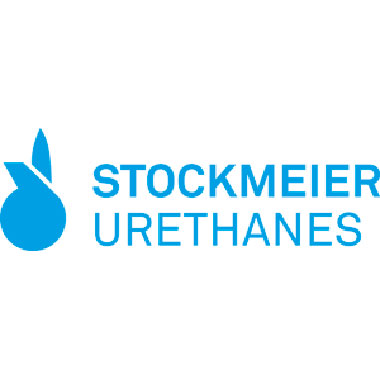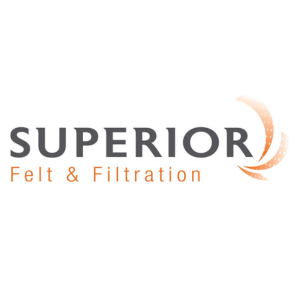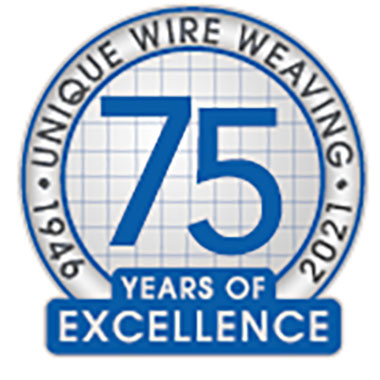Virtual Fall Conference Includes Two Sessions on “Air Filtration for Confined Spaces”
The American Filtration & Separations Society will devote its entire fall conference on December 2 and 3 to the air filtration industry’s response to COVID-19: What we have witnessed, what we have learned, and what is on the horizon. The conference has been timed from 10am to 2pm CST, to accommodate a wide range of world time zones.
To drill down into specific filtration areas that are responding to the pandemic, the conference is offering six sessions:
- Recent Developments in Filter Media
- Face Masks - Industry Update
- Laboratory Testing for Performance Against Bioaerosols
- Air Filtration for Confined Spaces I
- Air Filtration for Confined Spaces II
- Disruptions to the Filtration Industry
In the two “Air Filtration for Confined Spaces” sessions on December 3, six subject matter experts will each deliver a 20-minute presentation.
Tom Justice, Founder of Zene and co-chair of the AFS Fall Virtual Conference, will present “Fundamentals of Air Filtration for Hospitals and Clinics.”
Health care facilities have struggled to manage the surge of new COVID-19 cases, which in many locations have overwhelmed the existing medical infrastructure. This has presented new challenges as facility administrators are tasked with how best to insure the health and safety of patients at risk of cross infection from the novel coronavirus and health care workers who serve as the last line of defense against the pandemic. This session will review best practices for mitigating the spread of the virus through proper use of air filtration and ventilation applications. A review of the five distinct areas of a medical facility will form the basis for review, focusing on the minimum air filtration requirements and air change rates for each application.
Recent recommendations on Filtration and Disinfection such as those coming from ASHRAE’s Environmental Task Force will be reviewed with a focus on how this document compares to existing guidelines and recommendations, as well as collaborative efforts on the part of industry associations have brought practical solutions to this crisis.
READ MORE ABOUT TOM JUSTICE HERE.
Dr. Brent Stephens, Professor and Department Chair in the Department of Civil, Architectural, and Environmental Engineering at Illinois Institute of Technology, will present “Modeling COVID-19 Transmission on the Diamond Princess Cruise Ship.”
Several lines of evidence support the possibility of airborne transmission of COVID-19. However, quantitative information on the relative importance of specific transmission pathways of the severe acute respiratory syndrome coronavirus 2 (SARS-CoV-2) remains limited. To evaluate the relative importance of multiple transmission routes for SARS-CoV-2, we developed a modeling framework and leveraged detailed information available from the Diamond Princess Cruise Ship outbreak that occurred in early 2020. We modeled 21,600 scenarios to generate a matrix of solutions across a full range of assumptions for eight unknown or uncertain epidemic and mechanistic transmission factors. This presentation will reveal the results of this study.
READ MORE ABOUT BRENT STEPHENS HERE.
Martin Lehmann, Principal Expert Research Network and Public Funding at MANN+HUMMEL, will present “A Case Study on Effects of a High Efficient Air Purifier on Reducing Aerosol Levels in a Classroom.”
The spread of COVID-19 through aerosols in the air is sufficiently likely. In order to reduce the concentration of viruses in the air, it is necessary to either replace or purify the air. Wherever effective ventilation is not possible, antiviral air indoor purifiers come into play.
The KIT (Karlsruhe Institute of Technology) has conducted a case study in a classroom (volume approx. 220 m3) of a primary school. Assessing aerosol level in the classroom, particle concentration is measured at three distributed locations across the room with an optical particle counter (Palas Fidas Frog). To mimic the spread of aerosols carrying COVID-19 virus, NaCl-particles with a count mean diameter of 0.36 µm are generated with a Palas AGK 2000. A high efficiency air purifier – a MANN +HUMMEL OurAir TK 850 – was placed in the classroom.
Different scenarios have been investigated: a) what happens in case of a high initial aerosol level? b) What if the aerosol generator is switched on for a certain time? What if pupils are in the room attending a class (no aerosol generator in operation)? Development of particle concentration has been measured in all cases, one time without a filter in use and one time with the air filter on. Results of the study will be presented and discussed.
READ MORE ABOUT MARTIN LEHMANN HERE.
Thad Ptak, consultant and co-chair of the AFS Fall Virtual Conference, will present, will present “Residential Filtration for Controlling Bioaerosols.”
The effectiveness of a specific filtration device in reducing concentration of particulate matter inside residential houses depends on the filtration efficiency of the device, the amount of air handled by the device, amount of air by-pass, and other factors. Some air cleaning devices are installed in the ductwork of residential HVAC systems to clean air in the entire house, and some systems, such as portable air cleaners, are used to clean air in a single room or specific area.
In this study, the results of an in-situ experimental evaluation of residential furnace filters and portable air cleaners in the test house are presented. Several filters with filtration efficiency ranging from MERV8 to MERV 13 were selected for this experiment. Results are presented as a decay of particle concentration of specific sizes. Particle size of 0.8 and 3.5 µm are used for predicting the removal efficiency for typical indoor bioaerosols.
READ MORE ABOUT THAD PTAK HERE.
Jenny Berens, Industrial Filtration Filter Engineering Manager of North America, Freudenberg Filtration Technologies, will present “Keeping Confined Spaces Healthy During a Pandemic.”
During the COVID-19 pandemic, especially since there is a strong indication that the SARS-CoV2 virus can spread via aerosols through the air, we have all learned that we can no longer ignore the fact that air filtration is, and will continue to remain one of the most crucial development areas that we as a global society can put our joint efforts and investments into.
Relatively speaking, the means needed to purify air do not need to be significant, but they do need to be selected with care. The understanding for the underlying science and the technology for air filtration already exist at a mature stage. We also know that a purification system has to be designed and ultimately equipped with filters that have been selected to provide optimal air purification for the specific space the unit will serve.
But what happens in the case where a system is already in place and it was designed to support a set of parameters which changed, sometimes drastically, after the implementation of the system?
In this presentation, we will discuss the filtration of air and air quality in confined spaces, using cruise ships as an example, while keeping the recent historical changes due to the COVID-19 pandemic in mind.
READ MORE ABOUT JENNY BERENS HERE.
Seong Kim, Senior Research Scientist in College of Science & Engineering, University of Minnesota, will present “Experimental Study on Classroom Ventilation to Mitigate Viral Transmission.”
With schools opening during the current COVID-19 pandemic, it is urgently required to improve classroom HVAC (Heating, Ventilation, Air Conditioning) systems in order to prevent viral transmission between the occupants in the classroom. However, since current HVAC systems have been designed to focus on outside contaminant infiltration, thermal comfort and operation energy savings, they do no effectively prevent the exposure to the airborne viral contaminants and minimize the viral transmission between the occupants inside. In this research, we investigated (1) indoor airborne contaminant decay to optimize the HVAC operation conditions and (2) spatial distribution of droplet particles from a teacher to students in order to minimize the viral transmission. Results from the study will be presented.
READ MORE ABOUT SEONG KIM HERE.
Registration for the AFS Virtual Conference is now open.


